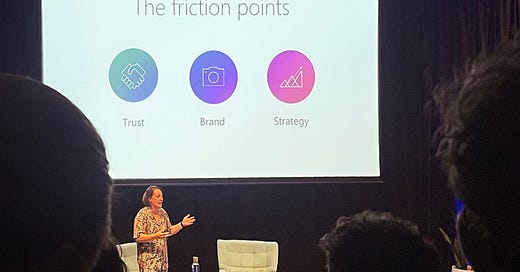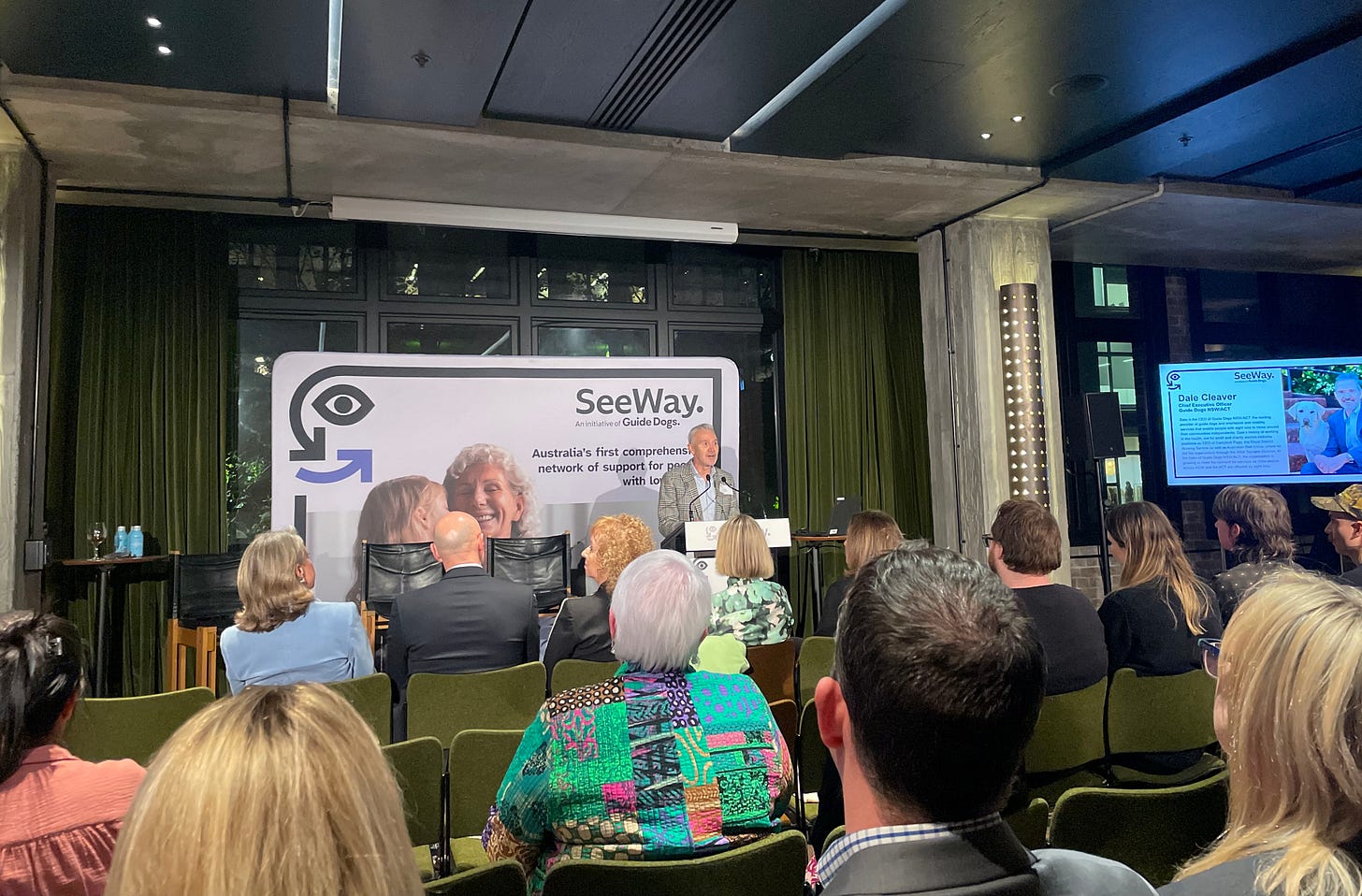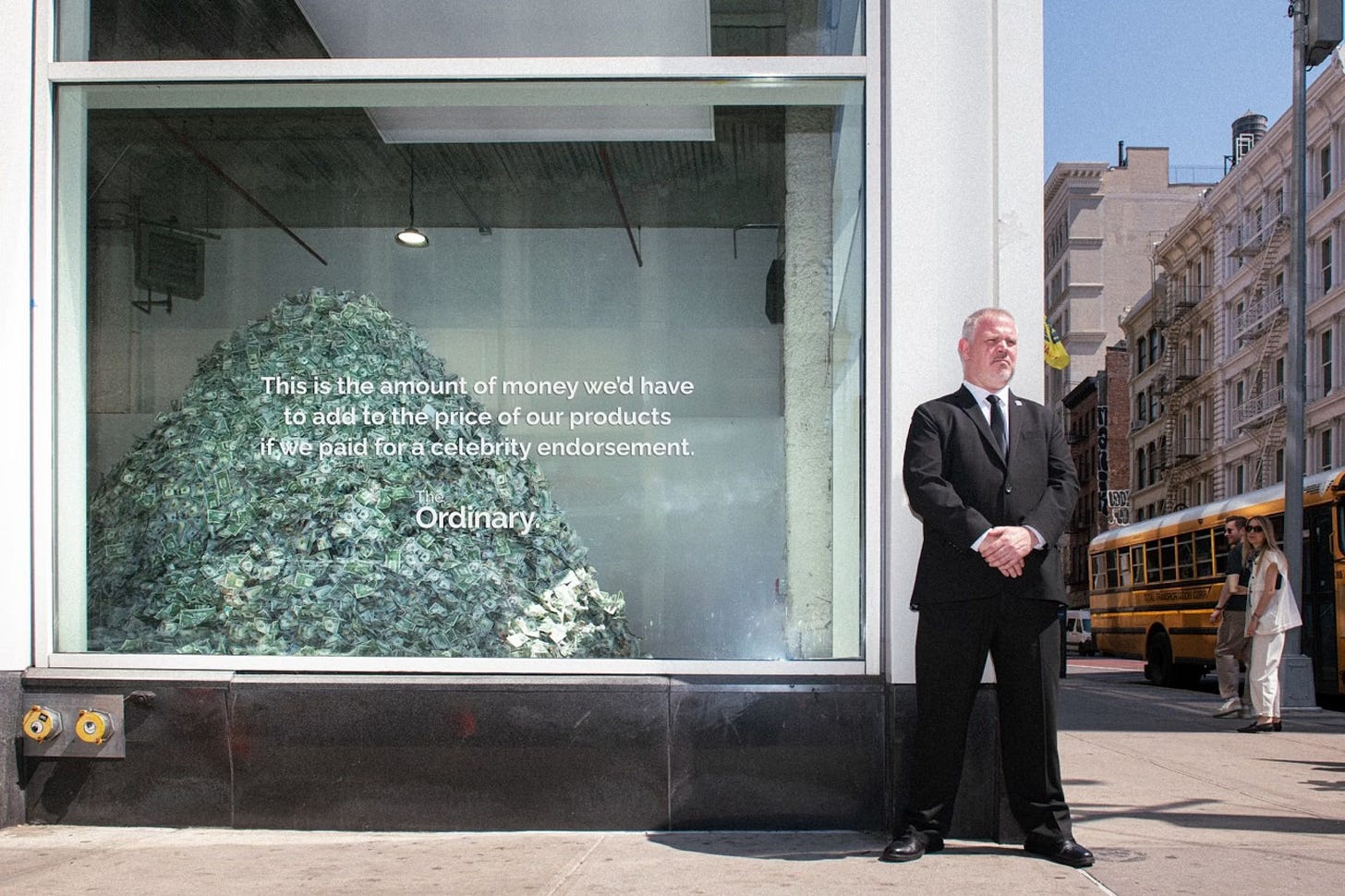FutureBrand news, views & insights: June 2025
Trust. Brand. Strategy.
I’ve always been curious about technology, so it is that I’ve made a point of attending humAIn over the past three years, the first conference dedicated exclusively to Artificial Intelligence in media and marketing.
Looking back, I distinctly remember how I felt about the presentations and conversations in the first year. Experimental.
In the second year, experimental became real. Actual.
In this third year, AI feels like an experiment where no-one quite knows how the various elements might react. Volatile.
It feels like anything could happen, for better and worse, and I often find myself clinging to Amara’s Law, which states that we tend to overestimate the effect of a technology in the short term and underestimate its effect in the long term.
At this year’s conference, Microsoft’s Chief Technology Officer, Sarah Carney, shared Microsoft’s view of AI and its implications.
Sarah shared 3 friction points.
Trust. Brand. Strategy.
I read 1 complete sentence.
Trust Brand Strategy.
To find out why your brand might the answer to all your AI questions, read this op-ed I wrote for Mumbrella.
In case of emerging technology? Trust brand strategy.
A new brand for low vision
Earlier this week, I was proud to be there for the industry launch of a new brand we’ve helped create. It’s named SeeWay, and it’s an initiative by Guide Dogs NSW/ACT offering personalised support service for people with low vision.
I don’t want to say too much ahead of the media coverage due in the coming days, but I do want to credit Dale Cleaver (pictured above) with his leadership of Guide Dogs NSW/ACT and SeeWay. Plus, make special mention of the event’s MC Ben Pettingill for both inspiring and entertaining us with his stories and experiences of sick seagulls and talking tape measures.
In Ben’s words, his experience of losing his vision means that he sees things differently, and that’s exactly why SeeWay was created: to help people find practical and emotional support for living well with low vision.
It’s been seven years now since we started working with Guide Dogs and it’s always rewarding to work hand-in-hand with an organisation that creates impact you can feel.
Defining ‘disruption’
Working on global brands and leveraging the global relationships and resources of FutureBrand worldwide means we’re able to open a window to the world for our clients, their businesses and brands. Whether that’s global studies like the FutureBrand Index or expert perspectives from global markets that might be ahead of Australia on the adoption curve.
The UK is always a market that feels close to home for me, if only for personal reasons, and so I was interested to read the first in a regular column that our London MD, Polly Hopkins, is writing for Design Week.
In Polly’s own words, “A lot of brands like to talk about disruption, but what does being ‘disruptive’ truly mean these days?”
Polly raises a number of intriguing questions…
Does disruption start with the brand or the category?
Is disruption always worth the risk?
And, when does disruption stops being disruptive?
Here’s the column, food for thought for all disruptors down under.
Why did Google just change its logo?
When Mumbrella discovered that Google had made what seemed to be a small change to its logo this week, the editor called to ask what it might mean.

The last time Google changed its brand identity in 2015, the company was much more forthcoming about the strategic reason behind it: the need for a brand identity that could extend beyond desktop-based Search to embrace a broader suite of platforms across a broader range of devices, in particular mobile devices.
This time? Nothing. No big reveal. No corporate communications.
Instead, we’re left guessing.
Here’s my op-ed on Google and two hypotheses for what the change might mean.
Spoiler alert: it’s not about why Google changed its logo, the bigger question is “Did Google just change its business?”
Lucky last?
In a world full of ups and downs, every week seems to bring its own unique mix of challenges and opportunities.
So it was that I was reminded of a research study shared with me many years ago that I thought sharing with our team here at FutureBrand – and now with you too.
It’s a study titled The Luck Factor.
“A ten-year scientific study into the nature of luck has revealed that, to a large extent, people make their own good and bad fortune. The results also show that it is possible to enhance the amount of luck that people encounter in their lives.”
For mine, it’s a research study that has stood the test of time and so I was intrigued to read our Emma’s take on it in her recent LinkedIn post.
Let me know if you feel lucky too ;)
That’s it for another month of news, views and insights.
For me, the best thing about this email newsletter format is that you can simply reply if you have questions or comments. Please feel free to do so, I’m always happy to follow-up with more detail on any of the stories I share, especially if that can help you build your own brand and business. Hit ‘Reply’, speak soon.







